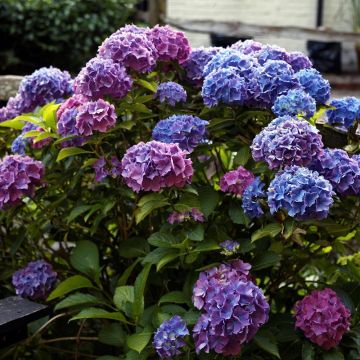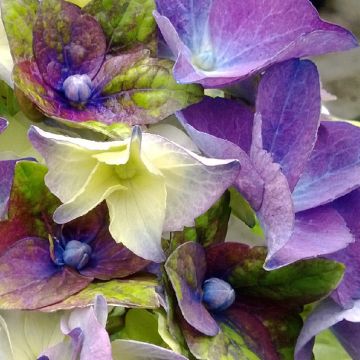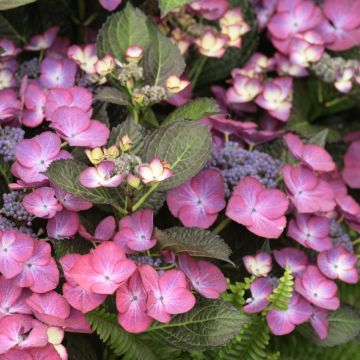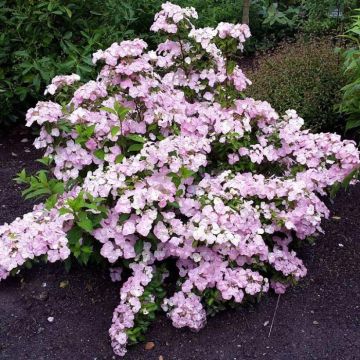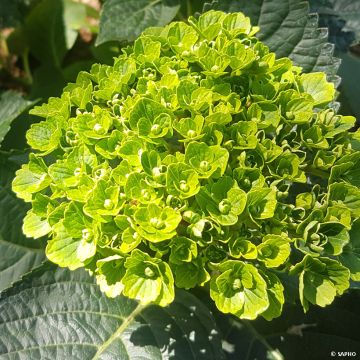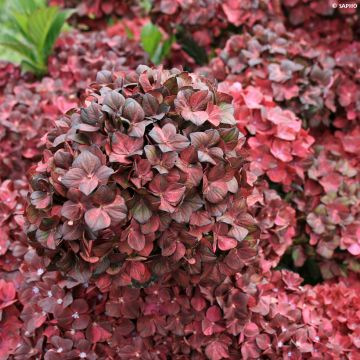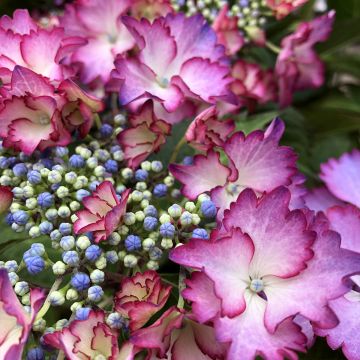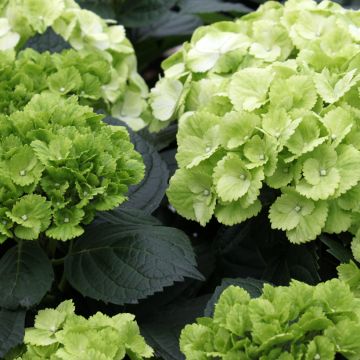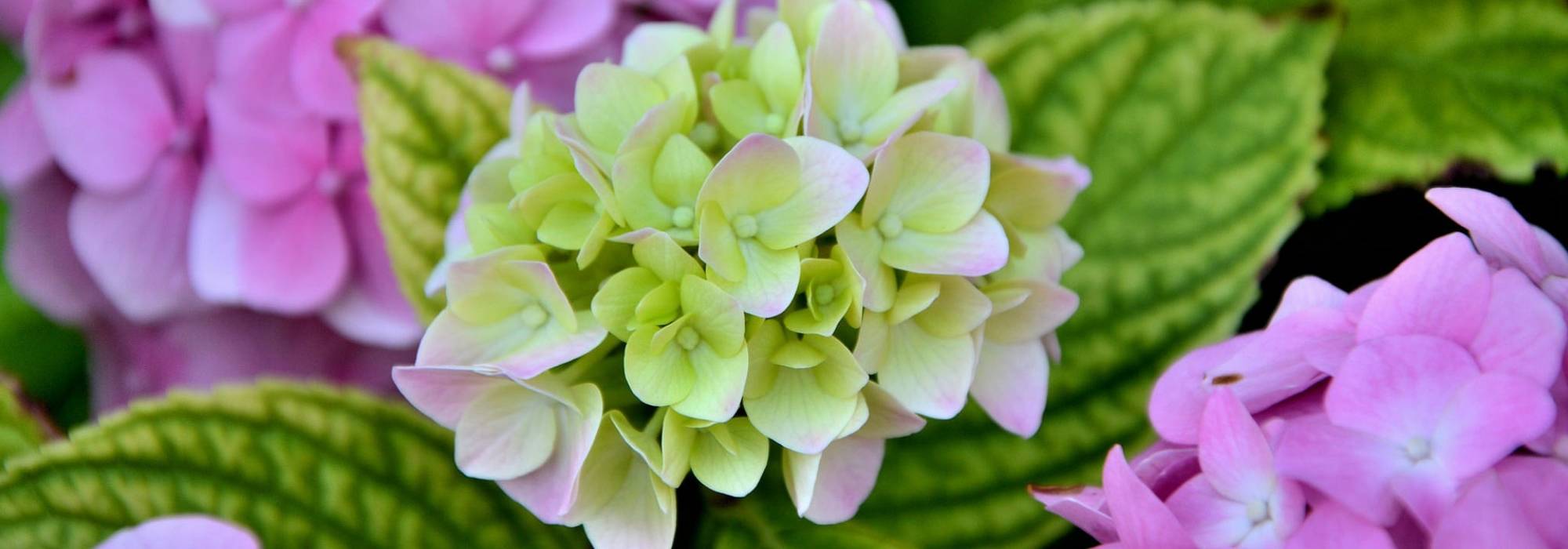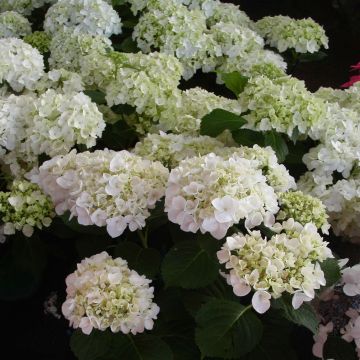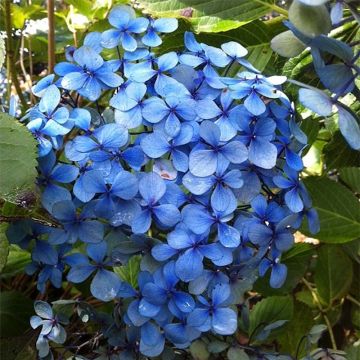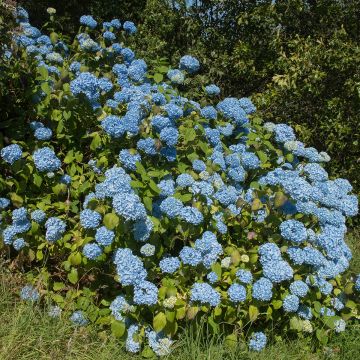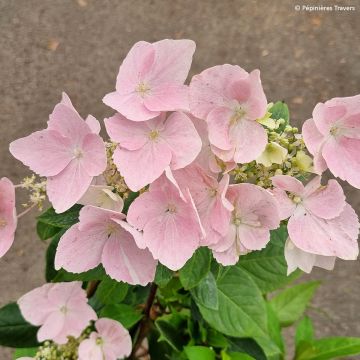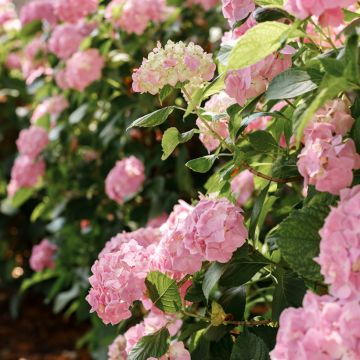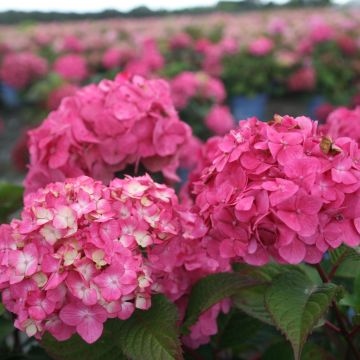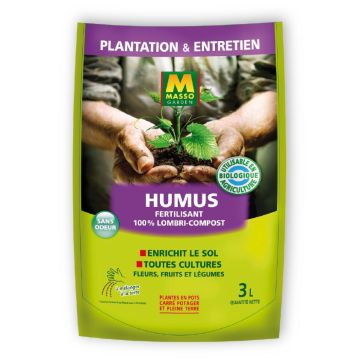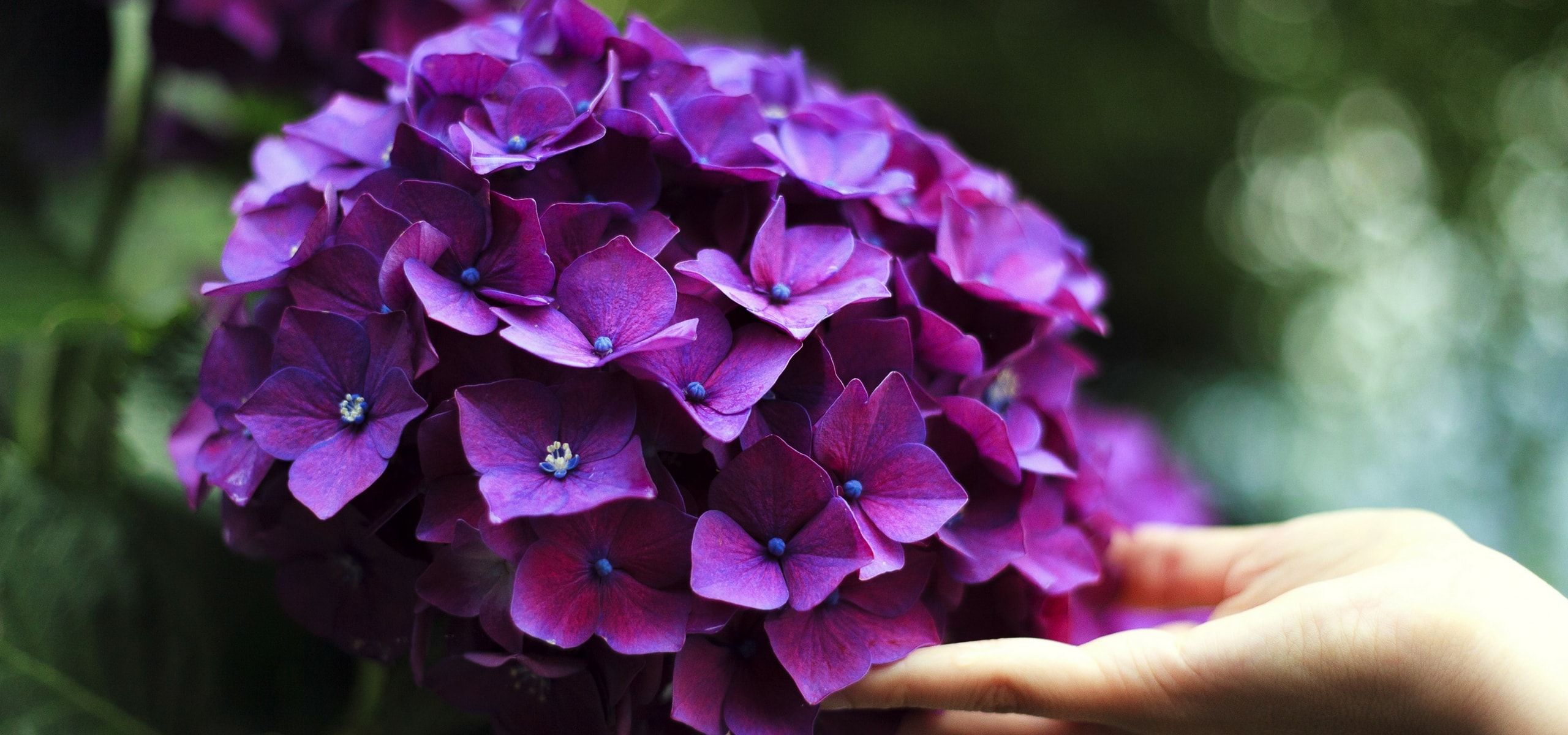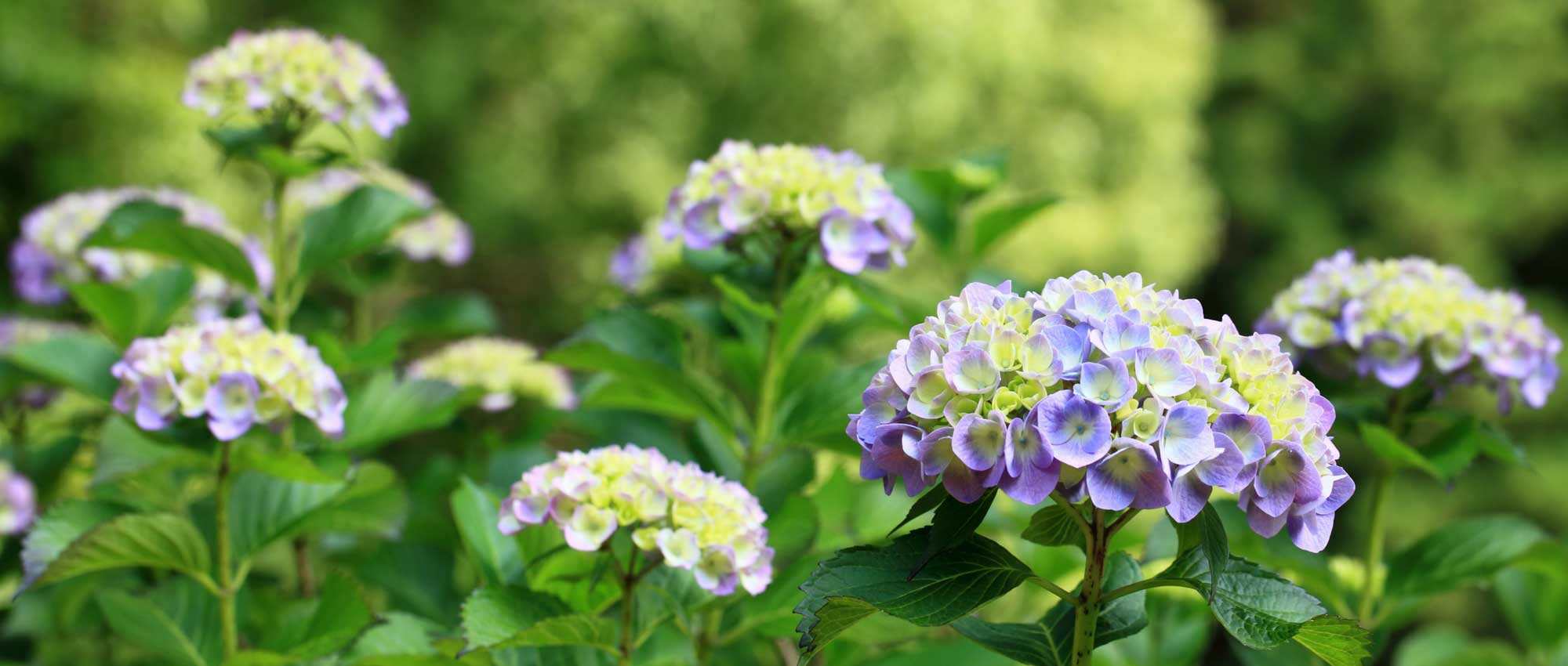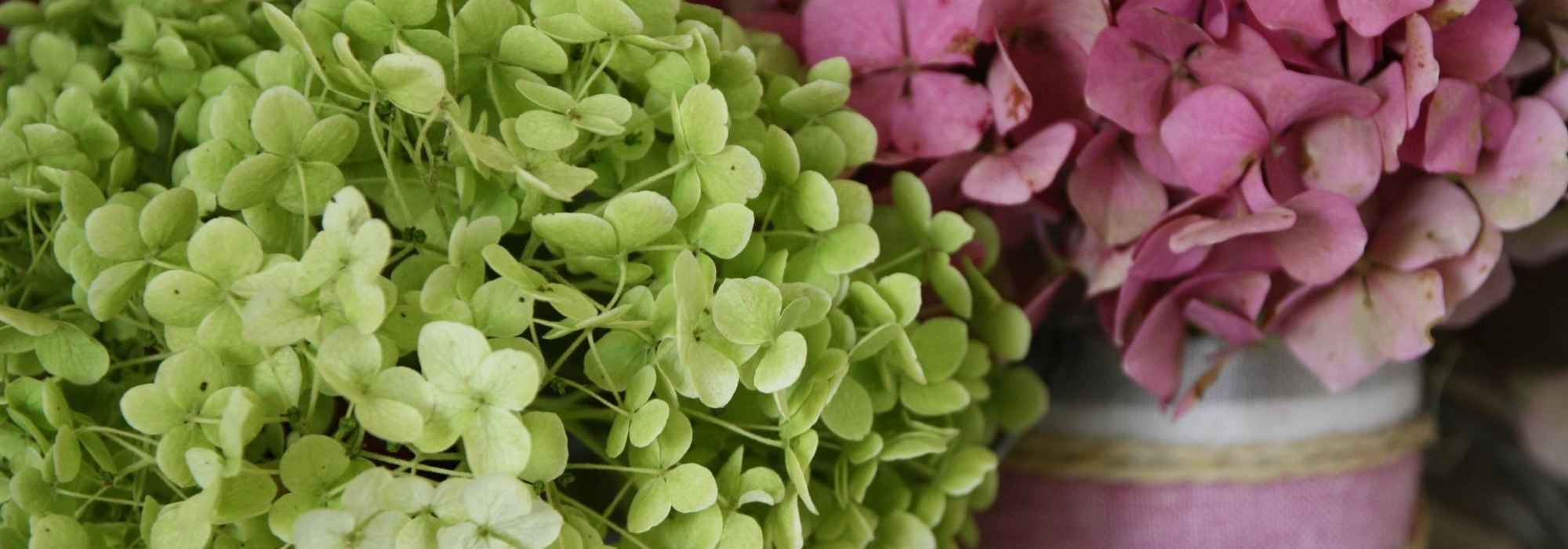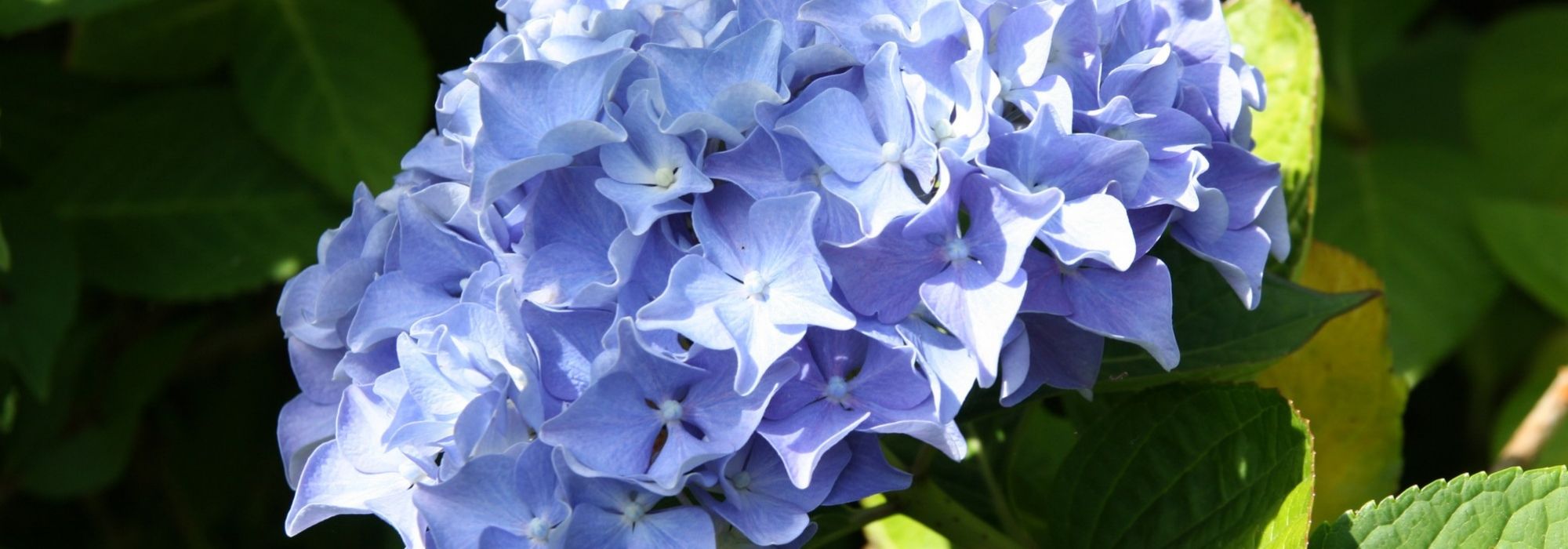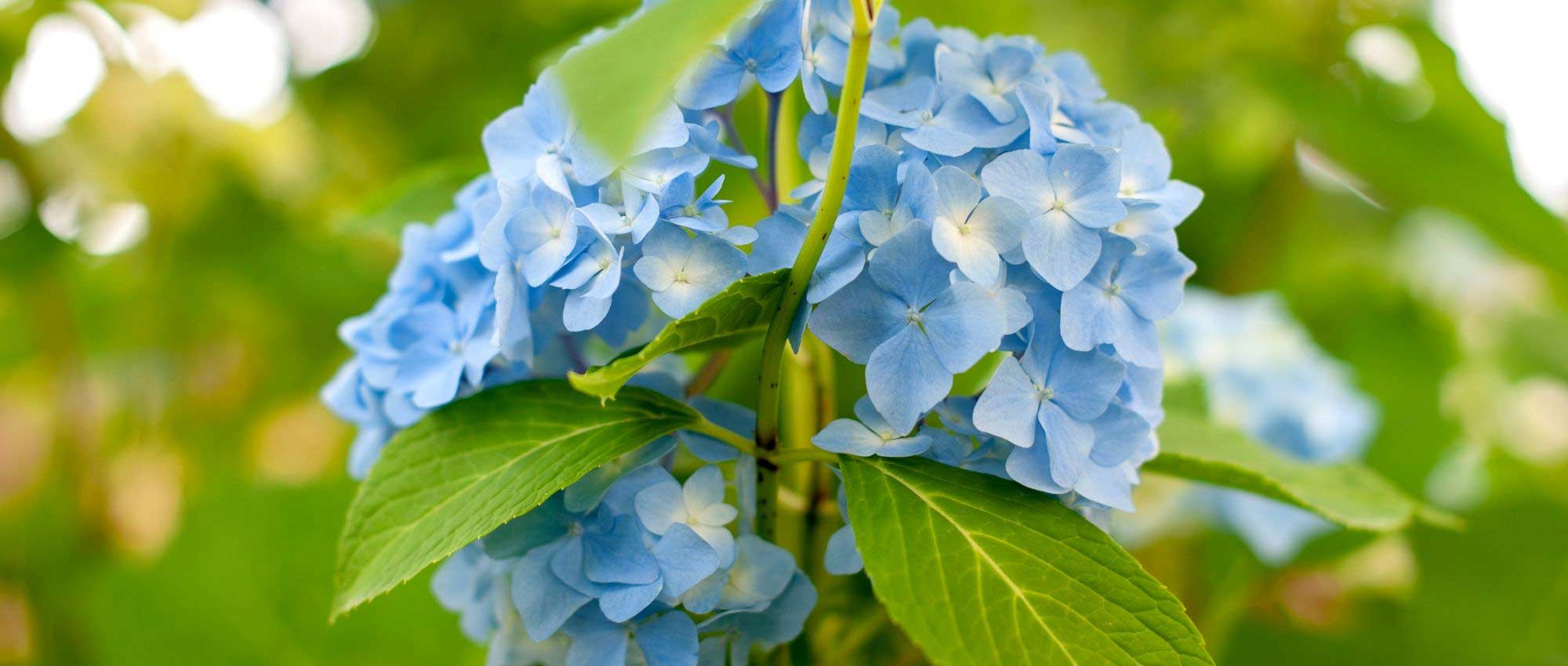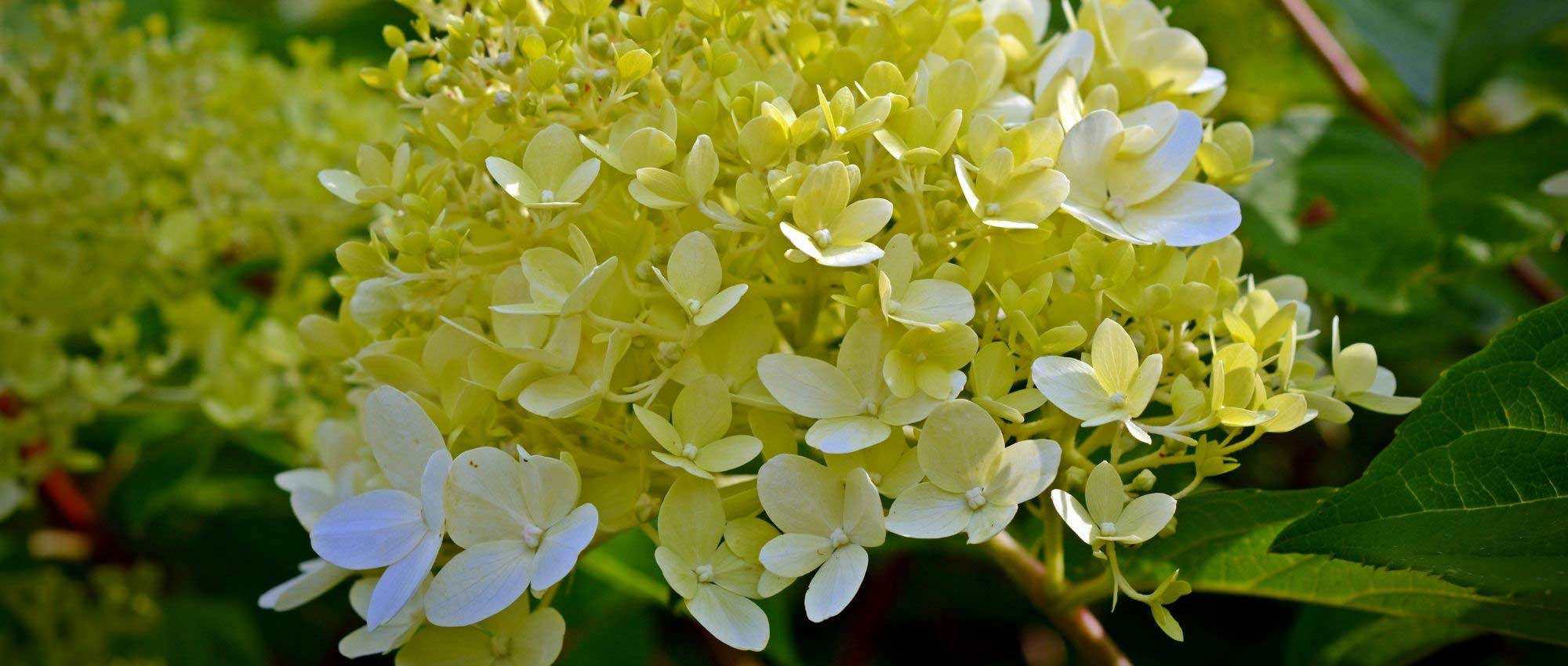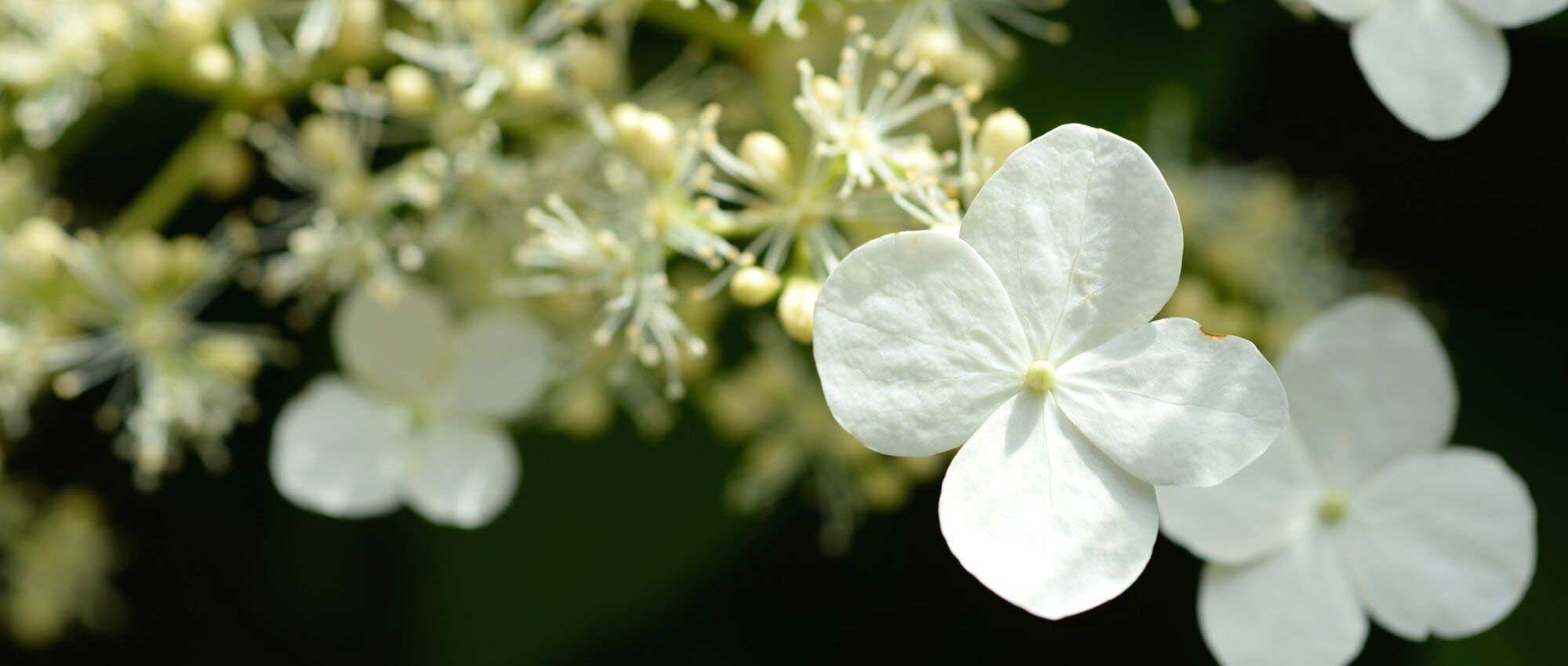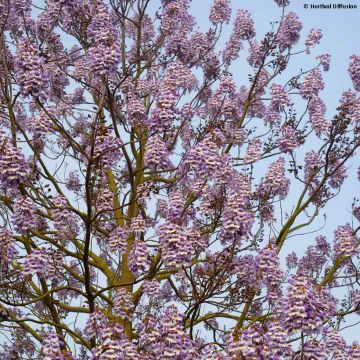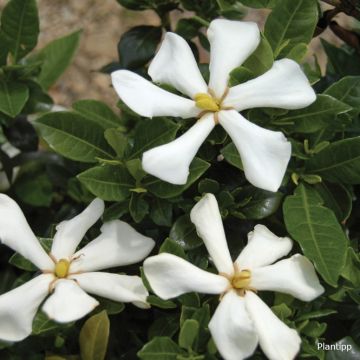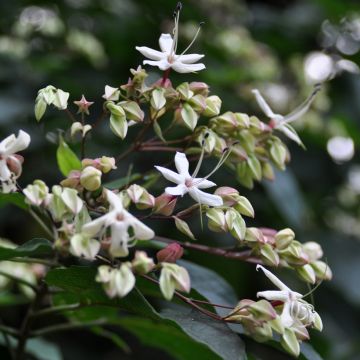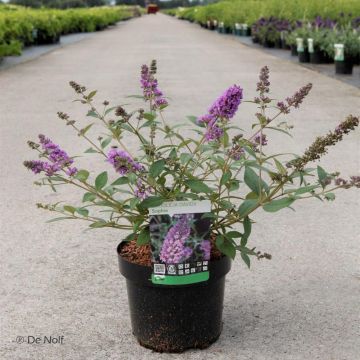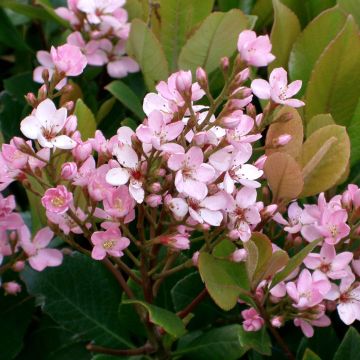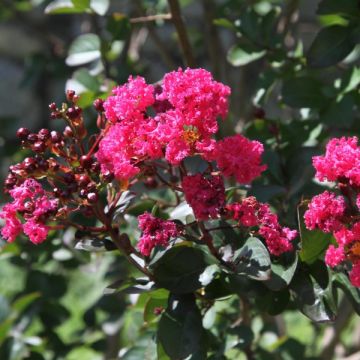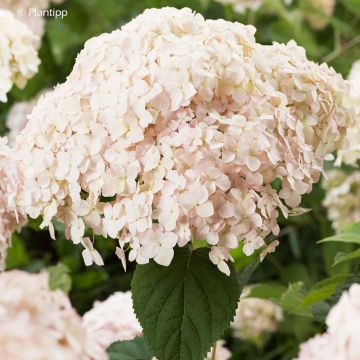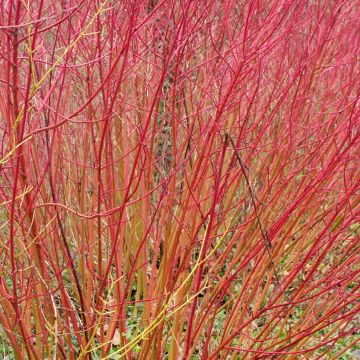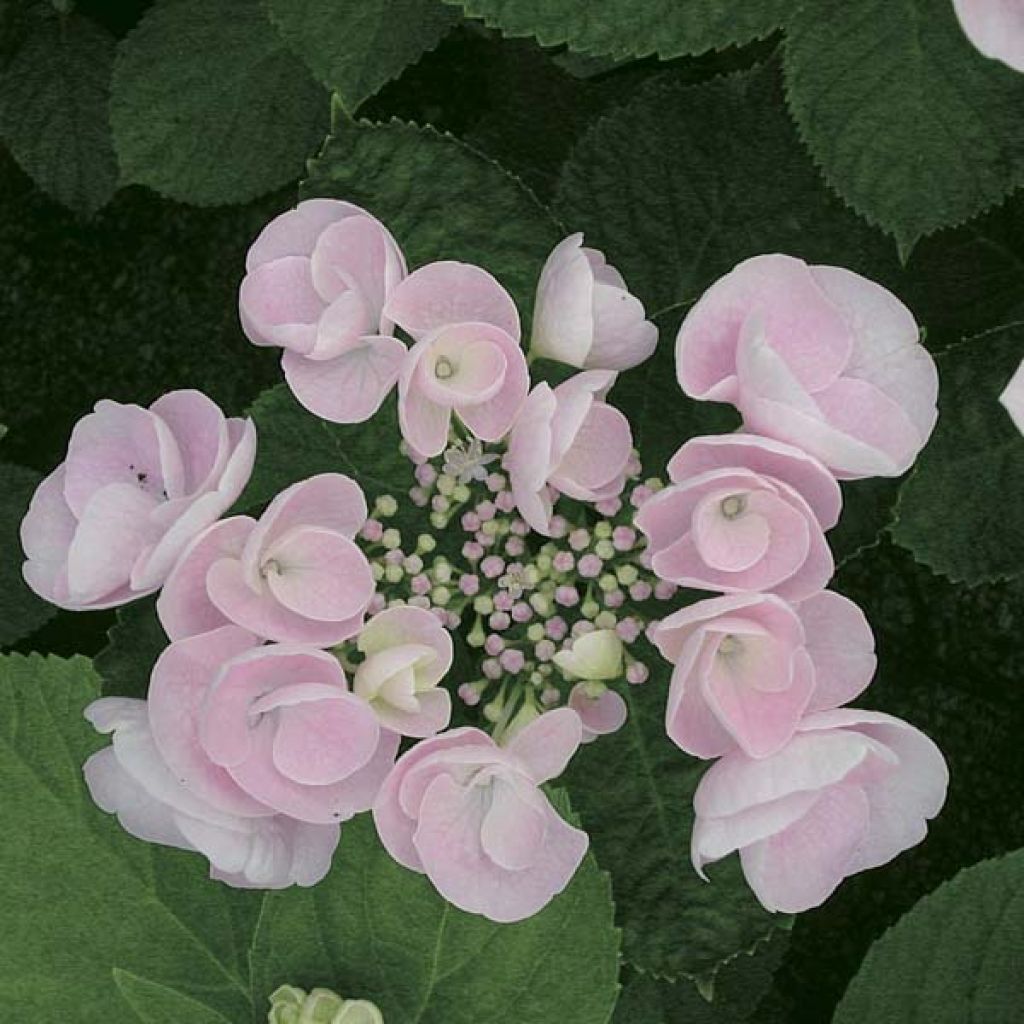

Hortensia - Hydrangea macrophylla Hovaria Hobella
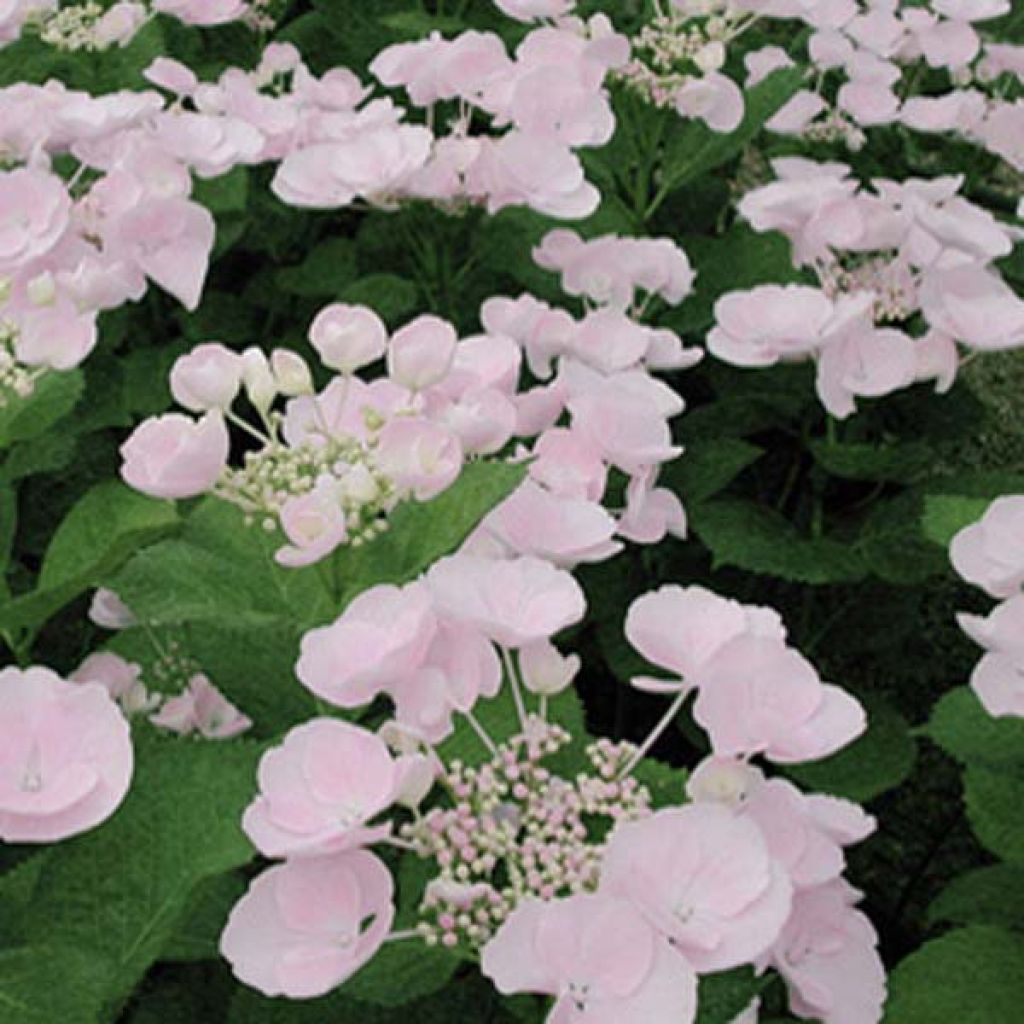

Hortensia - Hydrangea macrophylla Hovaria Hobella
Hydrangea macrophylla Hovaria Hobella
Hydrangea macrophylla Hovaria® Hobella
Bigleaf Hydrangea, French Hydrangea
The young plant is really small, the habit is very slender. And finally, the buds have rotted and despite that, the plant is still delivered to me. Very disappointed this time by the promise of a flower...
Gofrey-, 19/02/2021
Special offer!
Receive a €20 voucher for any order over €90 (excluding delivery costs, credit notes, and plastic-free options)!
1- Add your favorite plants to your cart.
2- Once you have reached €90, confirm your order (you can even choose the delivery date!).
3- As soon as your order is shipped, you will receive an email containing your voucher code, valid for 3 months (90 days).
Your voucher is unique and can only be used once, for any order with a minimum value of €20, excluding delivery costs.
Can be combined with other current offers, non-divisible and non-refundable.
Why not try an alternative variety in stock?
View all →This plant carries a 24 months recovery warranty
More information
We guarantee the quality of our plants for a full growing cycle, and will replace at our expense any plant that fails to recover under normal climatic and planting conditions.
Does this plant fit my garden?
Set up your Plantfit profile →
Description
Hydrangea macrophylla Hovaria® 'Hobella' is an elegant and refined variety of hydrangea that has received numerous awards. Its flat inflorescences are composed of small fertile flowers surrounded by sterile flowers, whose lovely and wide sepals change colour season after season. They open in a tender pink that turns to green, and later they are edged with a delicate cherry red that lasts until the first frost. It blooms from June to October. This bush has a dense and compact habit, and it will not exceed a height of 1.2m (4ft). It will find its place in a flower bed, as a standalone plant, or in a large pot on a terrace but protected from the sun.
Hydrangea macrophylla Hovaria® 'Hobella' is a cultivar obtained in the Netherlands in 1993, among the many cultivars obtained through the cross-breeding of hardy species belonging to the Hydrangeaceae family, native to China and Japan. This dense and compact bush will reach a height of 1.2m (4ft) with an equivalent spread. From June to October, flat and wide inflorescences of 15cm (6in) bloom, composed in the centre of small fertile pink flowers, surrounded by sterile flowers with large sepals of an initially tender pink colour, then 4 to 6 weeks later they turn green, and another 4 to 6 weeks later the flowers become cherry red on the edge of the sepal, a colour that lasts until the first frosts. At the end of the season, the sepals curl up and form a ball. This hydrangea is hardy up to -15°C (5°F).
Hydrangea macrophylla Hovaria® 'Hobella' is a remarkable plant for its originality that will be highlighted in the garden, on a terrace, or in the house to create refined bouquets. Hydrangeas, beloved by gardeners, are well known for brightening up the north side of houses. This variety is particularly suitable for container cultivation, which can be placed in a beautiful pot on a terrace or near an entrance, although it also has a prominent place in flower beds as well as solitary plants. Even though these plants dislike limestone, they are not strictly ericaceous plants. Mix them with magellan fuchsias and annual impatiens, or plant spring-flowering bulbs in front of their round silhouette. Enjoy their magnificent flowering for a long time in the garden or in the house.
Note: The colour of hydrangea macrophylla flowers varies depending on the soil pH. Traditionally blue varieties turn pink in neutral or alkaline soil. To maintain a beautiful blue colour, mix ericaceous soil into your garden soil and apply aluminium sulphate (slate contains it) or alum stone every spring.
Plant habit
Flowering
Foliage
Botanical data
Hydrangea
macrophylla
Hovaria® Hobella
Hydrangeaceae
Bigleaf Hydrangea, French Hydrangea
Cultivar or hybrid
Other Hydrangea Macrophylla
View all →Planting and care
Choose a spot where it will receive morning or late afternoon sun, sheltered from midday sun. You can place it at the base of a wall or in the clear shade of a taller tree. It requires a sunny or semi-shady location depending on the moisture of your soil. It prefers neutral to acidic soil. Plant it in deeply worked soil. A good base fertiliser (horn or dehydrated blood) will promote the growth of your plant and nourish it without risk of burning. If your soil tends to be dry, mix our water retainer, stockosorb, with the soil when filling the planting hole and provide a watering basin on the surface. At the end of summer, leave the dry umbels on the shrub. They will protect the terminal shoots of the branches in winter. You can cut all the dry flowers at the end of February or at the first signs of spring.
Planting period
Intended location
Care
Planting & care advice
-
, onOrder confirmed
Reply from on Promesse de fleurs
Similar products
Haven't found what you were looking for?
Hardiness is the lowest winter temperature a plant can endure without suffering serious damage or even dying. However, hardiness is affected by location (a sheltered area, such as a patio), protection (winter cover) and soil type (hardiness is improved by well-drained soil).

Photo Sharing Terms & Conditions
In order to encourage gardeners to interact and share their experiences, Promesse de fleurs offers various media enabling content to be uploaded onto its Site - in particular via the ‘Photo sharing’ module.
The User agrees to refrain from:
- Posting any content that is illegal, prejudicial, insulting, racist, inciteful to hatred, revisionist, contrary to public decency, that infringes on privacy or on the privacy rights of third parties, in particular the publicity rights of persons and goods, intellectual property rights, or the right to privacy.
- Submitting content on behalf of a third party;
- Impersonate the identity of a third party and/or publish any personal information about a third party;
In general, the User undertakes to refrain from any unethical behaviour.
All Content (in particular text, comments, files, images, photos, videos, creative works, etc.), which may be subject to property or intellectual property rights, image or other private rights, shall remain the property of the User, subject to the limited rights granted by the terms of the licence granted by Promesse de fleurs as stated below. Users are at liberty to publish or not to publish such Content on the Site, notably via the ‘Photo Sharing’ facility, and accept that this Content shall be made public and freely accessible, notably on the Internet.
Users further acknowledge, undertake to have ,and guarantee that they hold all necessary rights and permissions to publish such material on the Site, in particular with regard to the legislation in force pertaining to any privacy, property, intellectual property, image, or contractual rights, or rights of any other nature. By publishing such Content on the Site, Users acknowledge accepting full liability as publishers of the Content within the meaning of the law, and grant Promesse de fleurs, free of charge, an inclusive, worldwide licence for the said Content for the entire duration of its publication, including all reproduction, representation, up/downloading, displaying, performing, transmission, and storage rights.
Users also grant permission for their name to be linked to the Content and accept that this link may not always be made available.
By engaging in posting material, Users consent to their Content becoming automatically accessible on the Internet, in particular on other sites and/or blogs and/or web pages of the Promesse de fleurs site, including in particular social pages and the Promesse de fleurs catalogue.
Users may secure the removal of entrusted content free of charge by issuing a simple request via our contact form.
The flowering period indicated on our website applies to countries and regions located in USDA zone 8 (France, the United Kingdom, Ireland, the Netherlands, etc.)
It will vary according to where you live:
- In zones 9 to 10 (Italy, Spain, Greece, etc.), flowering will occur about 2 to 4 weeks earlier.
- In zones 6 to 7 (Germany, Poland, Slovenia, and lower mountainous regions), flowering will be delayed by 2 to 3 weeks.
- In zone 5 (Central Europe, Scandinavia), blooming will be delayed by 3 to 5 weeks.
In temperate climates, pruning of spring-flowering shrubs (forsythia, spireas, etc.) should be done just after flowering.
Pruning of summer-flowering shrubs (Indian Lilac, Perovskia, etc.) can be done in winter or spring.
In cold regions as well as with frost-sensitive plants, avoid pruning too early when severe frosts may still occur.
The planting period indicated on our website applies to countries and regions located in USDA zone 8 (France, United Kingdom, Ireland, Netherlands).
It will vary according to where you live:
- In Mediterranean zones (Marseille, Madrid, Milan, etc.), autumn and winter are the best planting periods.
- In continental zones (Strasbourg, Munich, Vienna, etc.), delay planting by 2 to 3 weeks in spring and bring it forward by 2 to 4 weeks in autumn.
- In mountainous regions (the Alps, Pyrenees, Carpathians, etc.), it is best to plant in late spring (May-June) or late summer (August-September).
The harvesting period indicated on our website applies to countries and regions in USDA zone 8 (France, England, Ireland, the Netherlands).
In colder areas (Scandinavia, Poland, Austria...) fruit and vegetable harvests are likely to be delayed by 3-4 weeks.
In warmer areas (Italy, Spain, Greece, etc.), harvesting will probably take place earlier, depending on weather conditions.
The sowing periods indicated on our website apply to countries and regions within USDA Zone 8 (France, UK, Ireland, Netherlands).
In colder areas (Scandinavia, Poland, Austria...), delay any outdoor sowing by 3-4 weeks, or sow under glass.
In warmer climes (Italy, Spain, Greece, etc.), bring outdoor sowing forward by a few weeks.






























